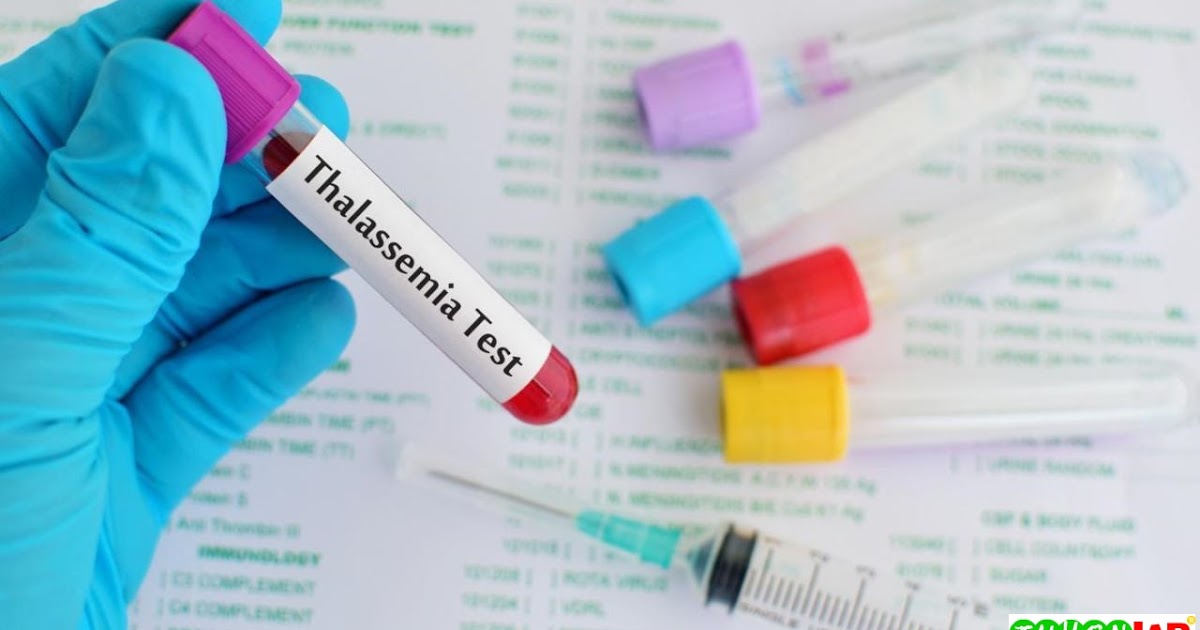Major Types of Blood Disorders
Red Blood Cells: Thalassemia

Thalassemia is an inherited blood disorder where the body does not produce enough functioning hemoglobin. There are two classifications of thalassemia based on the two proteins that make up hemoglobin. Alpha thalassemia happens when a patient has a mutation or absence in the gene or genes responsible for encoding the instructions on how to make a protein called alpha globulin. Beta thalassemia occurs when there is a mutation or absence in the gene that contains the instructions for producing the beta globulin protein.
Symptoms of thalassemia include fatigue, shortness of breath, bone deformities, growth failure, and yellow skin or jaundice. This disorder is diagnosed using a blood test. Anemia is usually present along with red blood cells that are small and shaped abnormally. Thalassemia treatment focuses on maintaining healthy levels of hemoglobin-related components in the patient's blood. This is usually managed by frequent blood transfusions and folate supplements.